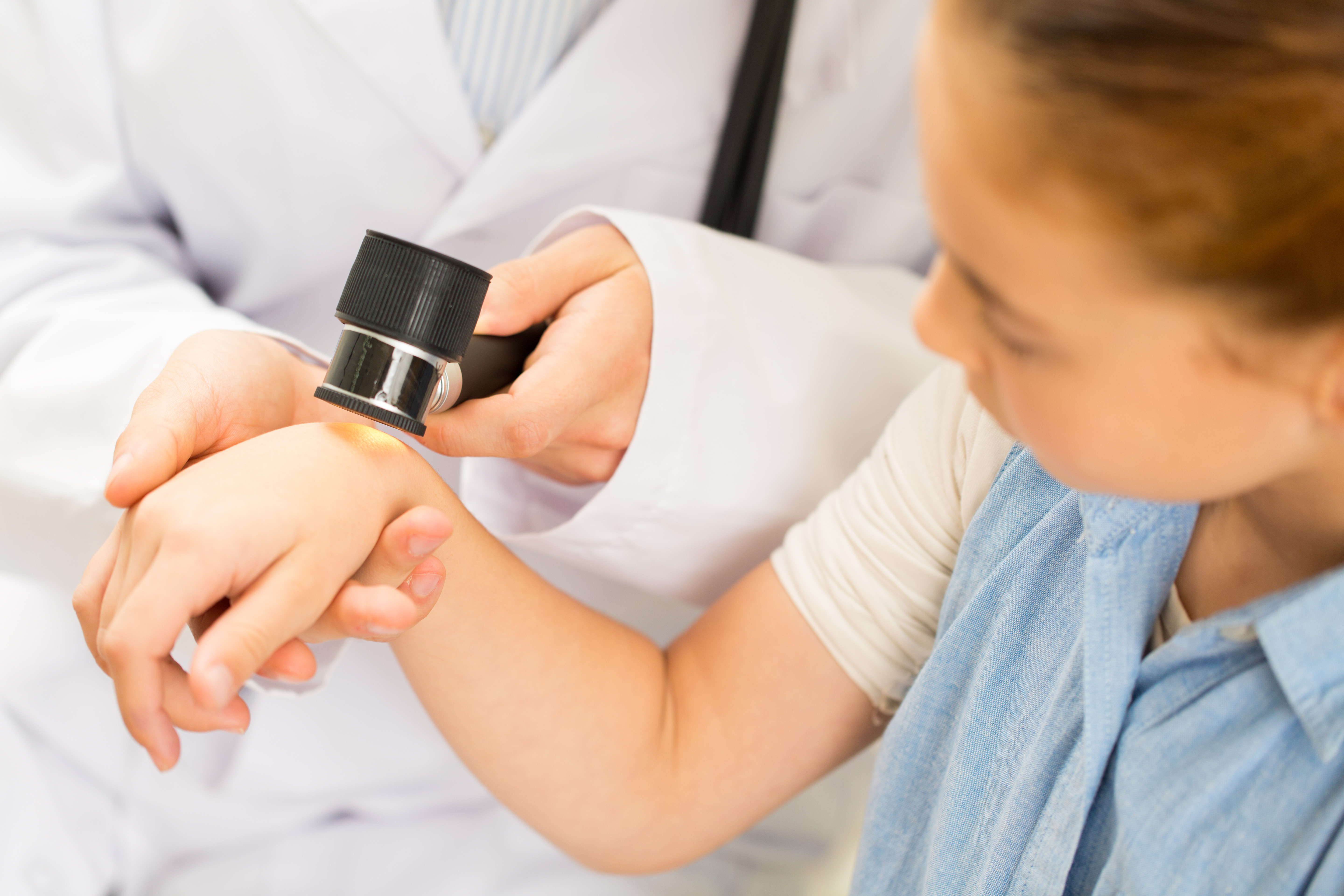Early skin cancer detection is a life-saver

When it comes to skin cancer, a malignant form of the disease that starts in the delicate tissues of the skin, what you don’t know can be deadly. For instance, we all know that the ultraviolet (UV) radiation in sunlight is a key factor, and that we should wear sunscreen and a hat when we go out on sunny days. But did you know that eye colour can be part of your risk factor, or that skin cancer doesn’t always require aggressive surgery or chemotherapy? Do you know what your odds of getting skin cancer really are, and what to watch out for?
Skin cancer is the most common cancer in the US, where one in five people will be diagnosed with it in their lifetime. Rates are higher still in Australia, where it accounts for 80% of all new cancer diagnoses and two in three people will be diagnosed with it by the age of 70. Many in Asia are under the impression that it isn't a widespread issue for us, but non-melanoma skin cancer is actually the seventh most common cancer in Hong Kong and the number of diagnoses in recent years has medical professionals concerned.
The simple truth is that people of all ages, races and regions can get skin cancer, but certain groups are at higher risk. People with fair skin and light-coloured hair or eyes (particularly Caucasians), those with a family history of skin cancer, seniors over the age of 65, organ transplant recipients, and people with many freckles, moles, and/or unusual moles, should all be regularly screened for skin cancer.
Skin cancer is dangerous, but also highly treatable.
There are three major types of skin cancers, em>asal cell carcinoma (BCC), squamous cell carcinoma (SCC), and melanoma. Of these, BCC and SCC are the most common, and are grouped together as non-melanoma skin cancers, while melanoma is the most dangerous.
The good news is that the sooner skin cancer is detected and treated, the better your chance of avoiding aggressive surgery, chemotherapy, disfigurement or even death. For instance, when caught before it spreads, melanoma has a 95% survival rate over a 5-year period, and often simple excision surgery of the affected area suffices to clear the disease. This rate drops to 64% once it spreads to the lymph nodes (regional stage), and to 23% after it spreads to the organs (distant stage). Aggressive surgery and chemotherapy are usually needed in the advanced stage.
And yet despite the obvious importance of early detection, many patients are unaware of the need for this particular medical examination. In a programme run by the American Academy of Dermatology (AAD) to provide communities with skin cancer screening, 72% of participants were found to be at high risk for melanoma, while 47% of those diagnosed with a suspicious lesion admitted that they would not have thought to see a doctor for an examination prior to being screened, and 48% said they hadn't done any form of self-exam, either. These patients would have gone undiagnosed without the free screening programme.
What to expect from a skin cancer screening
A skin cancer screening is a very thorough visual inspection of your skin through special non-invasive device called dermoscope, which could magnify the spots 10-20 times and it could allow physicians for detailed analysis. The physician conducting the exam may also ask about your habits, medical history and general health while you are there. (Don't worry, there's no blood work involved.) The doctor will be checking moles and marks for ABCDE: asymmetry in shape, borders that are not smooth, colours that are unusual or uneven, diameter that has changed or is larger than normal, and anything evolving – any changes you might have noticed to the appearance of a mole. They’ll also be on the lookout for sores that aren’t healing properly. Overall, the examination should take about 30 minutes.
Once you get home, don't be embarrassed to get familiar with your own skin! Experts recommend a thorough self-exam once a month, starting from the top of your head and working down to the soles of your feet, including those hard-to-see and forgettable spots like your scalp, the back of your ears and behind your elbows and knees. You'll need mirrors for many of these locations, or you can ask a loved one to lend a hand – and do the same for them when you're finished. If anything looks strange or different, make an appointment with your physician as soon as possible.
Minimising your risk of skin cancer
Early detection improves your odds of beating skin cancer, but avoiding it in the first place is even better. Cloud cover is no substitute for sunscreen—certain types of cloud or cloud patterns may even increase your UV exposure—so wear sunscreen even on cool or overcast days, and remember to re-apply it every two hours. If you have concerns about your personal risk factors, talk to your family physician or the doctor performing your skin cancer screening and ask what additional steps you can take to stay safe and healthy.





